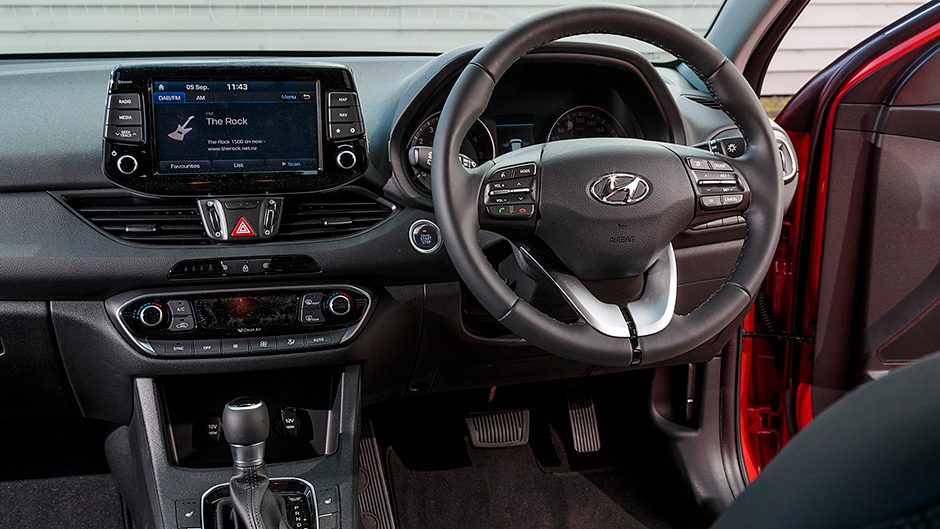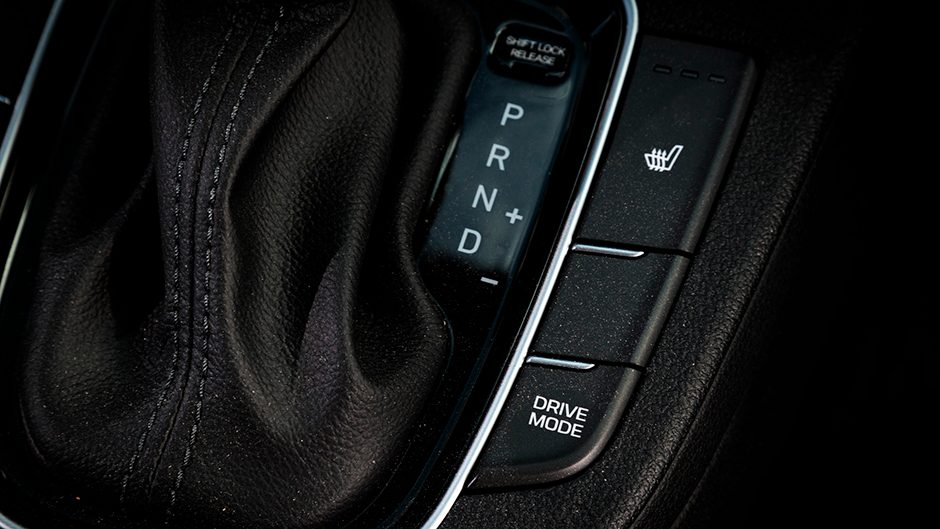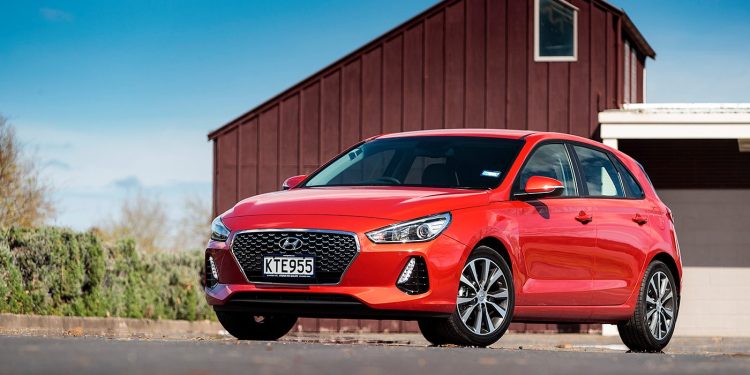2017 Hyundai i30 Elite review
Words: Peter Louisson | Photos: Tom Gasnier
While the star of the new i30 show is still yet to arrive, the N model which is the first in the brand’s performance family, it’s cars like this one that will be bigger sellers.
However, knowing Kiwi buyers, many will plump for the ease of the 1.6T Limited, given it’s only $4k more and offers a heap more performance.
How much more exactly? With 150kW and 265Nm the Limited scuttles to the legal limit in 6.75sec. The 2.0L GDI in the middling i30 Elite gets 120kW and 203Nm, but the torque peak is at 4700rpm, three times higher than where it starts in the 1.6T. Despite the turbo version being almost 100kg heavier, it outruns the Elite easily, the latter needing 8.9sec to hit 100km/h. There’s a 1.6sec difference in the overtake too.
The hit of torque lower down with the turbo makes the Limited that much easier to extract the performance, and less taxing for everyday ease of driving. That said, you can drive the Elite on the throttle in Normal mode and the six-speed auto responds well and smoothly. Still, you’d probably think the $4000 money well spent, especially as the Limited also gets active cruise. However, without the sunroof you get better headroom in the back of the GDI variant.

Real world economy will likely favour the 2.0 but by less than you might imagine. Give it a workout and the two are neck and neck for fuel used, around 14L/100km. And their claimed combined averages are virtually identical, both around 7.5L/100km.
On the other hand while you miss out a few bits and bobs, the spec level of the Elite isn’t too shabby. You get blind spot monitoring, lane change alert, LED daytime running lights, seven airbags and RCTA, along with a five-star ANCAP safety rating. Niceties run to leather trim, a powered driver’s seat with lumbar pump, smart key, an electronic parking brake, and dual zone air. There’s also sat nav, dual zone air, Apple CarPlay and Android Auto, a reversing camera and even tyre pressure monitoring. So it’s chocka.

To drive, in a qualitative sense, it isn’t a million miles away from the i30 1.6 Limited. The steering characteristics are the same – too much weighting in Sport mode, among other things – and it’s arguably the worst aspect of the new i30. The steering characteristics are the same – too much weighting in Sport mode, among other things – and it’s arguably the worst aspect of the new i30. But Hyundai isn’t the first firm to struggle with electric steering. As with the Limited the suspension is set up for tight body control and efficient cornering, the firm damping (and torsion beam architecture vs multilink set-up that the Limited gets) making the ride a touch busy at slower speeds. But it’s a quiet runner, both the engine and tyres hushed at speed.
Alternatives? You could always save $4k and go for the base i30 at $35,990, or perhaps wait for Kona. Me? I’d probably be eyeing up something from the Mazda3 range; it’s unconventional in some ways and somewhat the better for it.
| Model | Hyundai i30 Elite |
| Price | $39,990 |
| Engine | 1990cc, IL4, DI, 120kW203Nm |
| Drivetrain | 6A, FWD |
| Fuel Use | 7.4L/100km |
| C02 Output | 170g/km |
| 0-100km/h | 8.92sec |
| Weight | 1338kg |





